From AI to User Delight: Why UX Strategy Is the Key to Success
Published by: Gautham KrishnaAug 06, 2025Blog
71% of UX professionals confirm AI now shapes core design workflows, yet 88% of users abandon apps with poor UX. While AI accelerates feature development, startups that prioritize human-centered UX strategy achieve 3x faster adoption and 40% higher retention. This guide reveals how to bridge the AI-human gap--transforming raw technology into genuine user delight.
The AI Paradox: More Tech, Less Satisfaction?
Why UX Strategy Matters Now
- Personalization Gap: 65% of users demand tailored experiences, yet 52% say AI feels "impersonal."
- Ethical Risks: 68% of apps fail accessibility checks, risking legal penalties
- Business Impact: AI-driven UX increases engagement by 40% and retention by 50% when strategically implemented.
"AI doesn't replace designers--it amplifies human creativity. Winners blend vision with algorithmic precision."
5 Pillars of AI-UX Success
1. Hyper-Personalization Engines
Beyond Basic Recommendations:
- Predictive UI: Apps like Spotify rearrange menus based on time-of-day usage patterns (e.g., workout playlists at 6 AM)
Dynamic Microcopy: ChatGPT-4 rewrites button text in real-time (e.g., "Buy now"  "Get your limited edition")
"Get your limited edition")
- Tools: Adobe Firefly (generates UI variants), Dynamic Yield (behavioral triggers)
Impact: 40% higher retention in personalized flows
2. Ethical Guardrails for AI
Bias Prevention Framework:

Critical Actions:
- Run sentiment analysis with Claude. ai to flag exclusionary language
- Auto-test color contrast/WCAG compliance via Figma plugins
- Case Study: Google faced backlash for biased image recognition--now uses 3-layer ethics checks
3. Emotion-Aware Interfaces
2025's Game-Changer:
- Behavioral Signals: Scroll speed, tap pressure, or camera-based mood detection
- Real-Time Adaptation: Fitness apps switch to "recovery mode" when detecting stress via wearables
- Tools: Affectiva (facial recognition), IBM Watson Tone Analyzer
Impact: 62% error reduction in senior healthcare apps
4. AI-Augmented Design Workflows
Efficiency Revolution:

Key Insight: 47% of designers report higher job satisfaction using AI tools
5. Seamless Human-AI Handoffs
When to Automate vs. Humanize:
IF high-risk task (e.g., medical diagnosis): > HUMAN
ELSE IF repetitive task (e.g., form filling): > AI
Spotify's Model:
- AI suggests playlists
 Humans curate mood-based collections
Humans curate mood-based collections - Result: 30% faster playlist creation + 15% user satisfaction increase
AI-UX Cost Efficiency Calculator

Explore Our AI-UX Portfolio
FAQs
Q: Can AI replace UX designers?
A: No--but it changes roles:
- AI Handles: Wireframing, usability testing, data synthesis
- Humans Focus: Ethics, emotional resonance, strategic vision
"Content designers are essential for contextual judgment--AI lacks real-world awareness."
Q: How to balance personalization with privacy?
A: Adopt the 3-Tier Framework:
- Transparency: Explain data use plainly
- Opt-in Control: Let users toggle AI features
- Anonymization: Strip identifiers from behavioral data
Q: Which AI tools best accelerate UX research?
A: Top 3 for startups:
- Hotjar AI: Analyzes session recordings for friction points
- Notion AI: Summarizes user interviews
- Dovetail: Auto-themes qualitative feedback
Q: What's the biggest AI-UX risk in 2025?
A: "Shallow "UX"--Over-reliance on AI without:
- Deep user empathy
- Systems thinking
- Ethical accountability
Strategy Checklist: From AI to Delight
- Map high-value personalization points (e.g., onboarding)
- Implement bias audits for all AI outputs
- Design emotion-triggered fallback states (e.g., stress
 simplified UI)
simplified UI) - Integrate AI tools into Figma/Adobe workflows
- Establish human-AI handoff protocols
Ready to transform AI into delight?
"The best AI experiences feel invisible--solving problems before users articulate them."

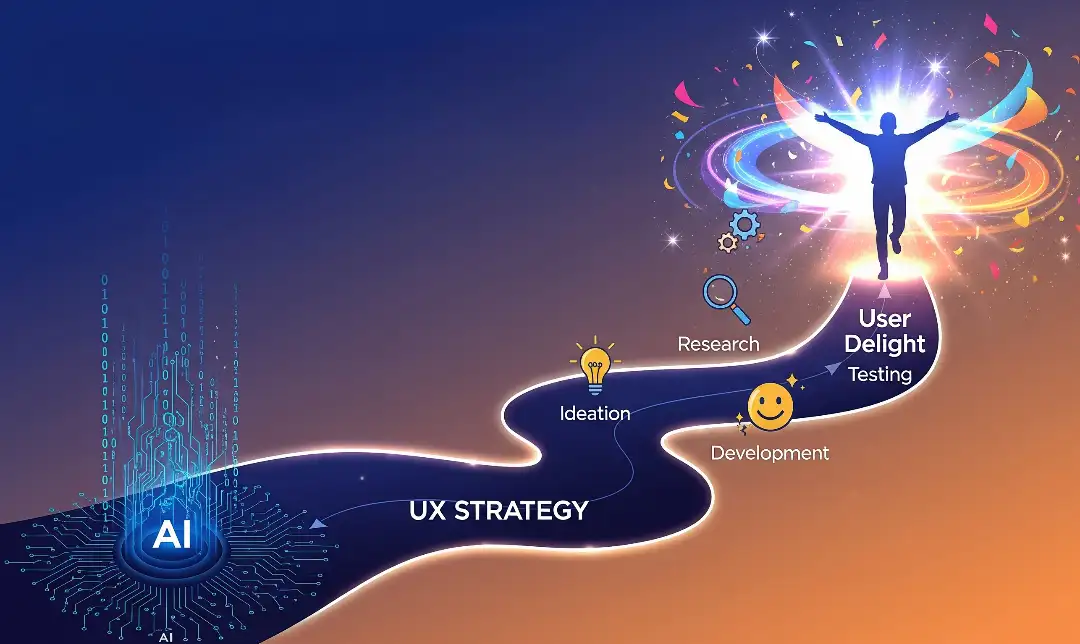
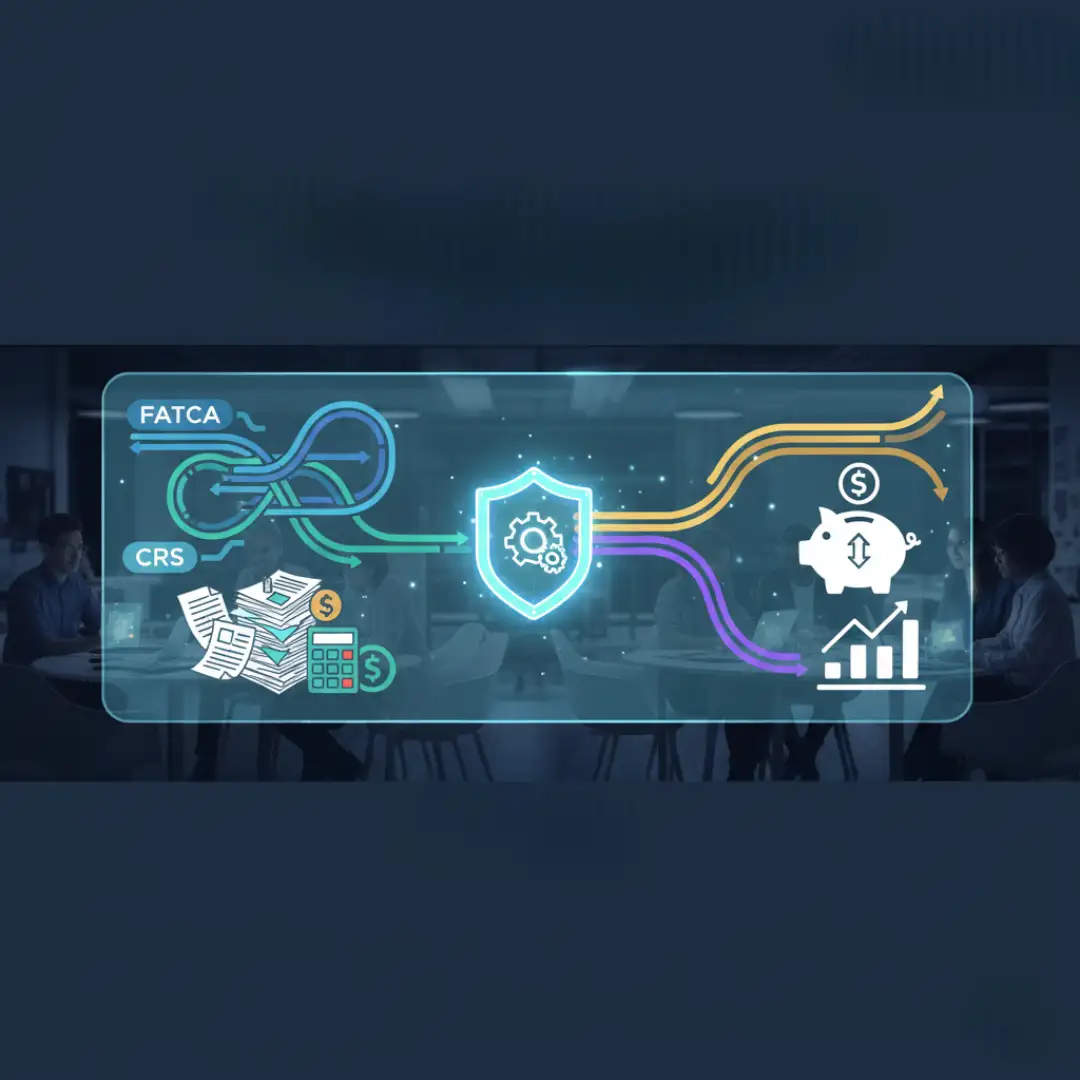 How RegTech Reduces Compliance....
How RegTech Reduces Compliance....
 How to Build an MVP for Startu....
How to Build an MVP for Startu....
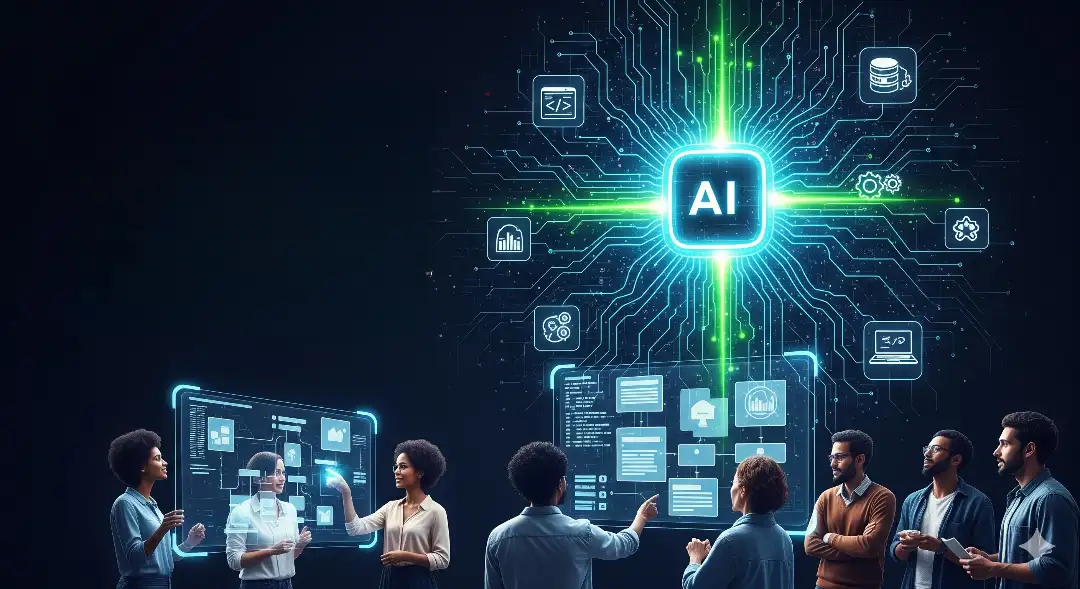 The Future of AI in Software D....
The Future of AI in Software D....
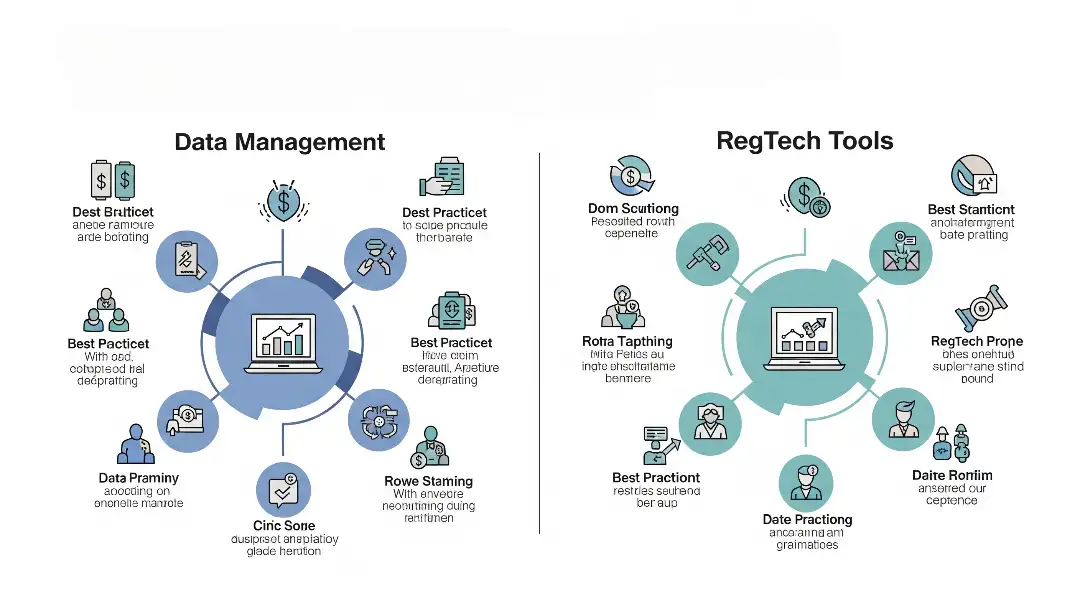 Best Practices for FATCA & CRS....
Best Practices for FATCA & CRS....
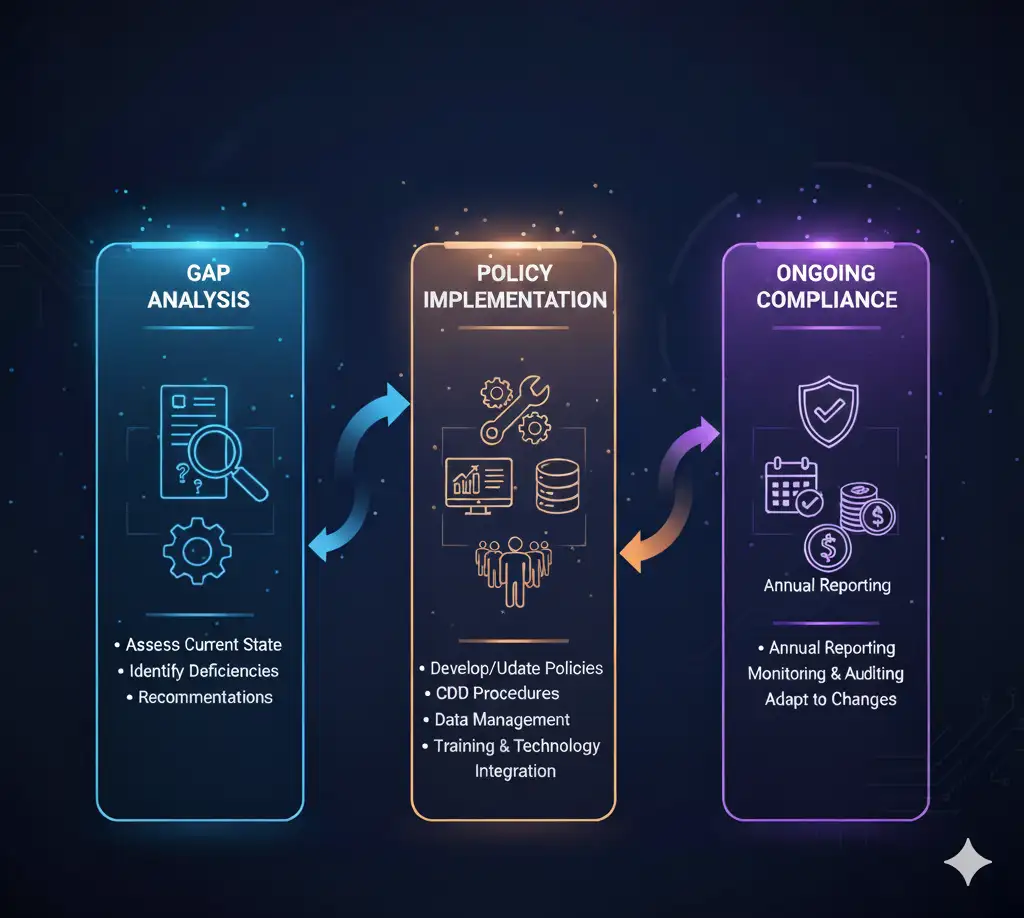 End-to-End FATCA and CRS Compl....
End-to-End FATCA and CRS Compl....



Your Trusted Software Development Company